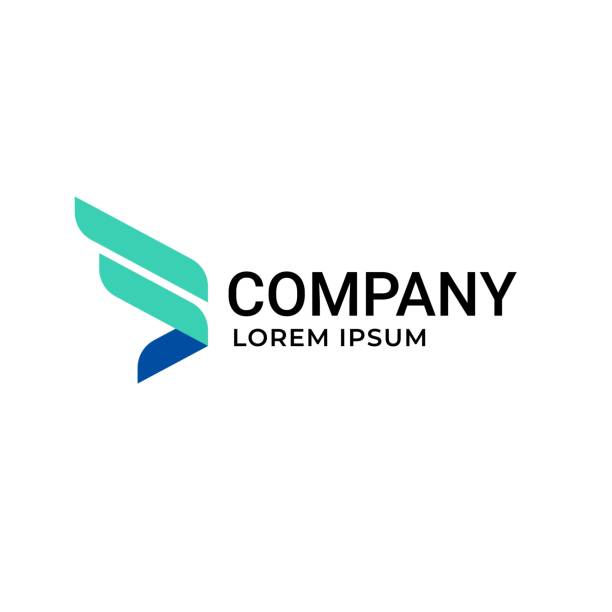
a Logo: Building a Memorable Brand Identity
Table of Contents
- Introduction
- Importance of Logos in Branding
- Elements of an Effective Logo Design
- Color Psychology and Logo Design
- Typography and Logo Design
- Iconography and Logo Design
- Logo Design Process
- Logo Placement and Application
- Logo Design Trends
- Adapting Logos for Digital Platforms
- Case Studies: Iconic Logos and Their Impact
- Evaluating the Success of a Logo
- Conclusion
- FAQs
Introduction
In the modern world of business, a logo serves as a visual representation of a brand, making it one of the most crucial elements of brand identity. A well-designed logo can convey the essence of a company, evoke emotions, and leave a lasting impression on consumers. This article explores the significance of logos in branding, delves into the elements of effective logo design, and provides insights into the logo design process.
Importance of Logos in Branding
Logos play a pivotal role in building brand recognition and establishing brand loyalty. They act as a visual cue that helps customers identify and differentiate a brand from its competitors. A memorable logo can communicate the values, personality, and purpose of a brand, fostering a strong connection with the target audience. It serves as a symbol of trust and credibility, enhancing brand reputation and recall.
Elements of an Effective Logo Design
To create a powerful and impactful logo, several key elements should be considered. These include simplicity, memorability, versatility, relevance, and uniqueness. A simple and clean design allows for easy recognition, while a memorable logo stays etched in the minds of consumers. Versatility ensures adaptability across various mediums, while relevance reflects the brand’s identity and values. Uniqueness sets a brand apart and helps it stand out in a crowded marketplace.
Color Psychology and Logo Design
Colors have a profound impact on human emotions and perceptions. When designing a logo, color psychology plays a crucial role in evoking specific feelings and associations. Warm colors like red and orange convey energy and passion, while cool colors like blue and green evoke calmness and trust. Understanding the target audience and aligning the color palette with the brand’s personality is essential for creating an emotionally resonant logo.
Typography and Logo Design
Typography, the art of arranging type, is another vital element in logo design. Different font styles evoke varying emotions and convey distinct messages. Serif fonts exude tradition and elegance, while sans-serif fonts appear modern and clean. Script fonts can add a touch of sophistication, while bold and strong typefaces create a sense of authority. Balancing typography with other design elements ensures a harmonious and cohesive logo.
Iconography and Logo Design
Icons and symbols serve as powerful visual cues in logo design. They condense complex ideas and concepts into simple and recognizable imagery. An effective icon should be relevant, scalable, and capable of conveying the brand’s essence. When combined with typography and color, icons enhance brand recognition and make the logo visually appealing. Careful consideration should be given to cultural and global interpretations of symbols to avoid miscommunication.
Logo Design Process
Creating a logo involves a systematic design process that begins with research and discovery. Understanding the brand, its values, target audience, and competitors is essential for crafting a logo that resonates. Sketching and conceptualization help translate ideas into visual representations. Refinement and feedback loops lead to the final design.



